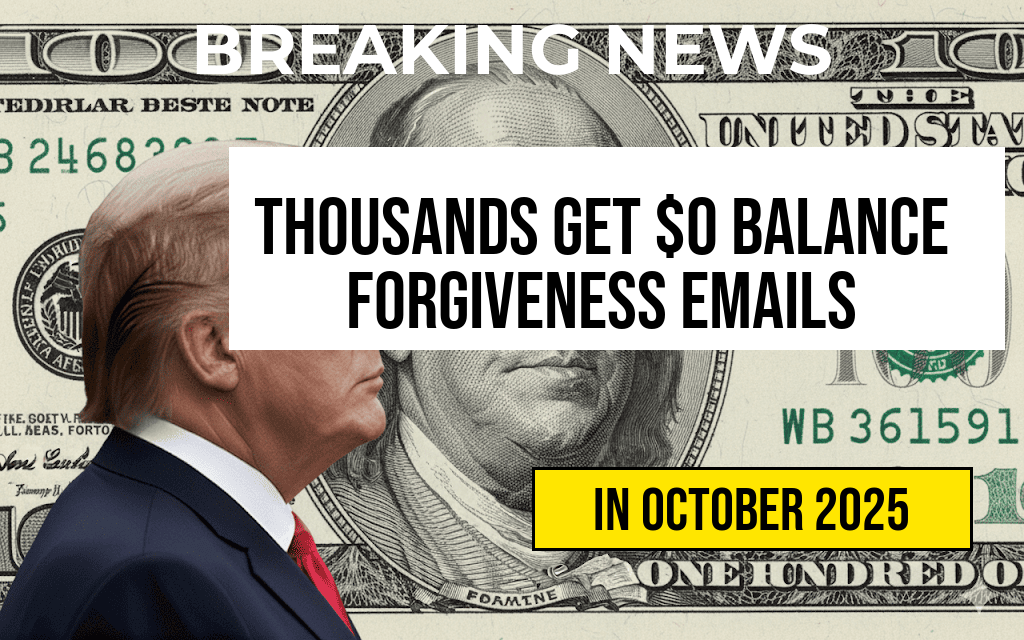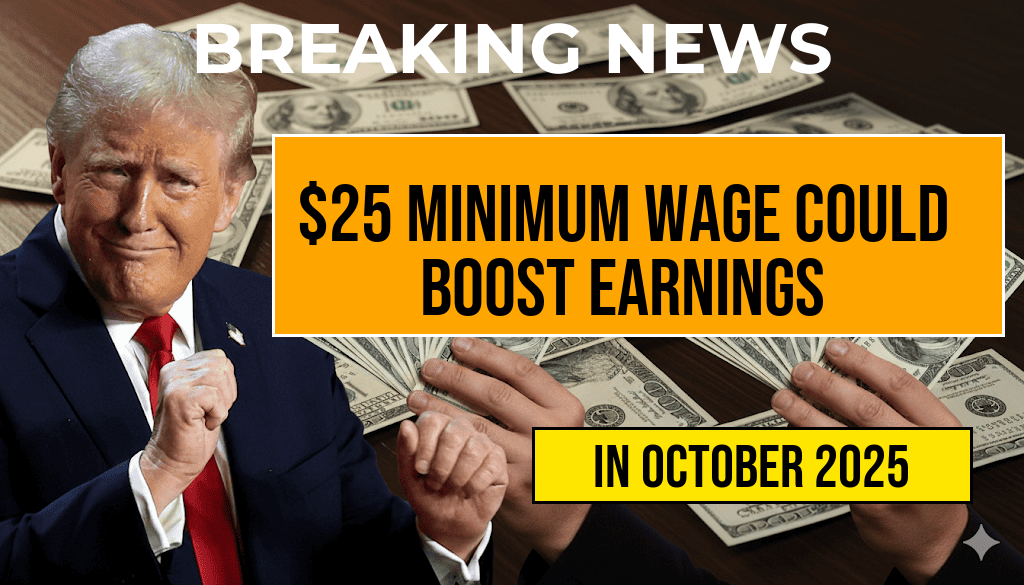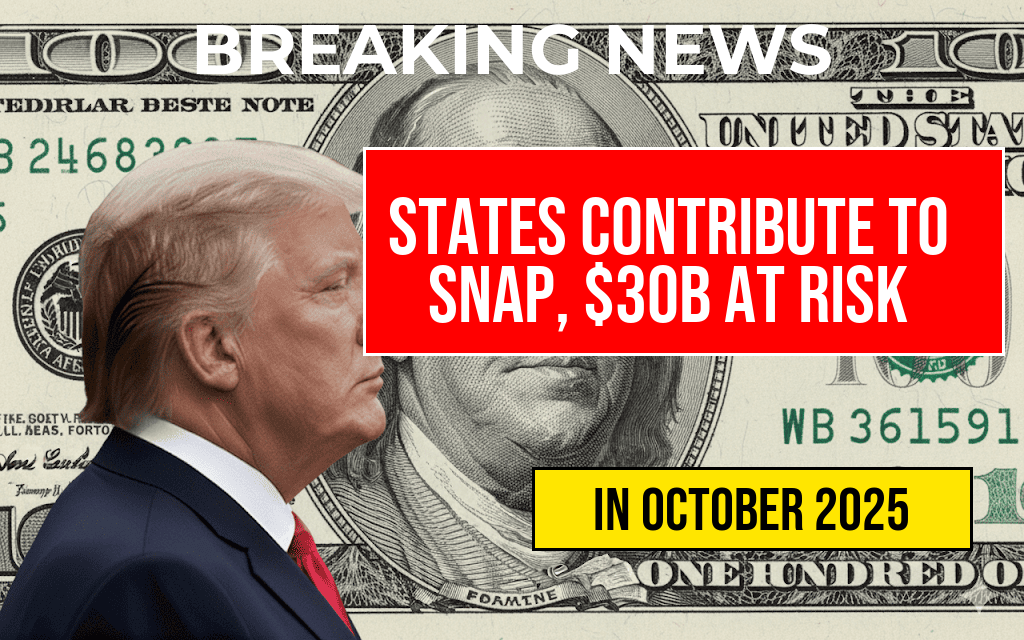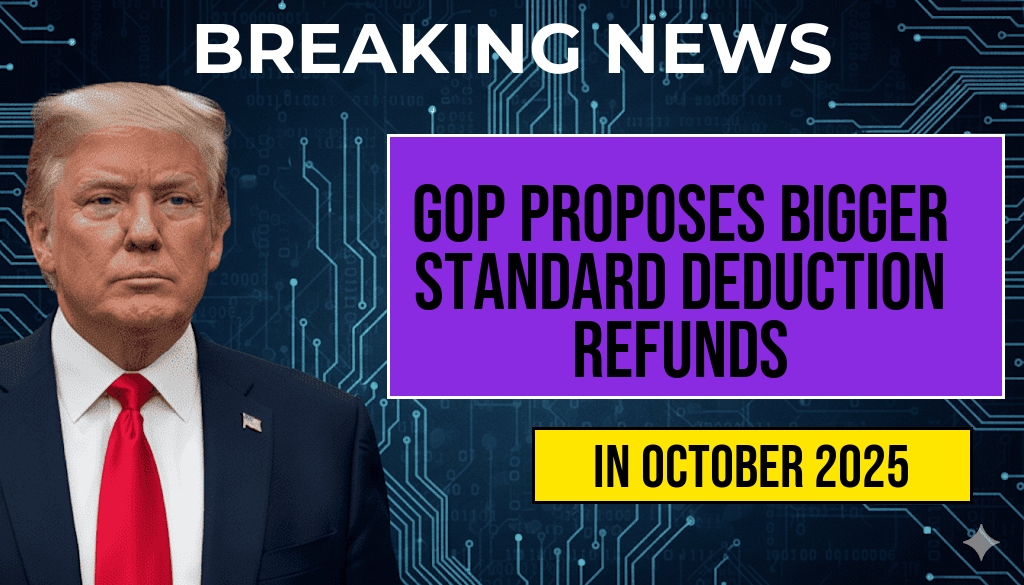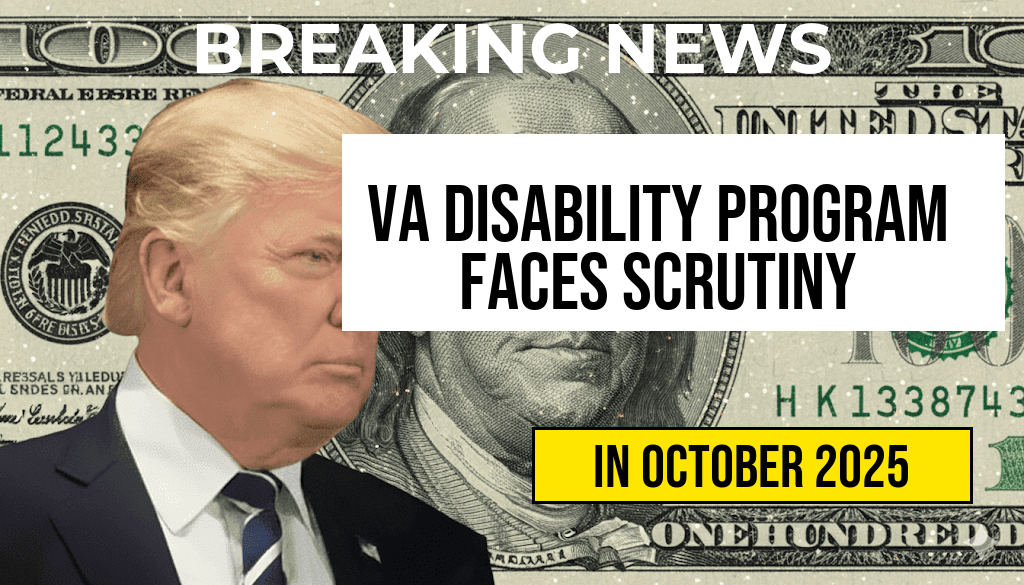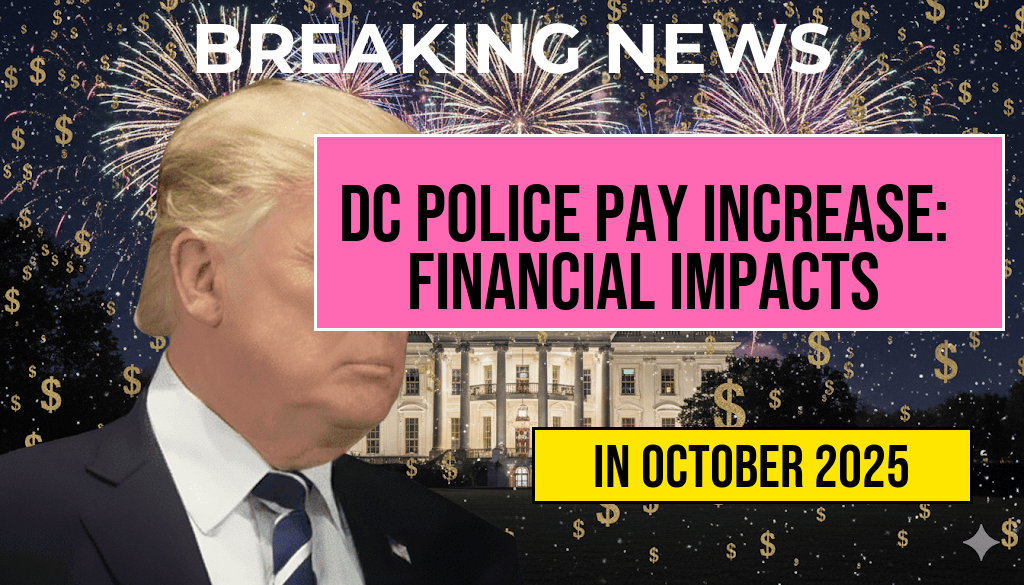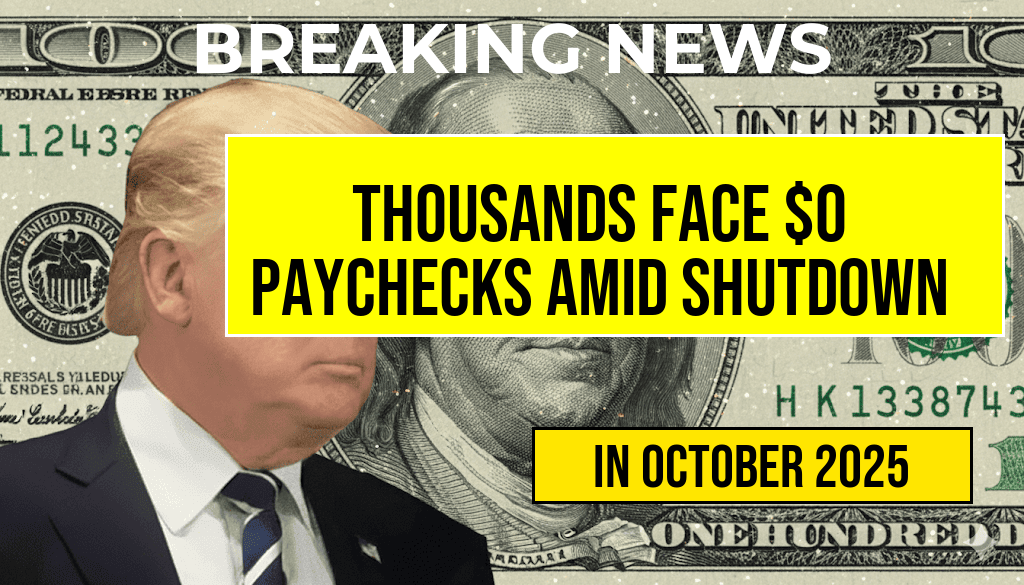Recent studies indicate that implementing a $25 minimum wage at major employers could significantly boost the annual earnings of full-time workers by approximately $10,400. This change is a part of ongoing discussions about wage reform in the United States, as advocates argue that higher wages are necessary to meet the rising cost of living and to reduce income inequality. Leading economic experts suggest that such a policy could not only enhance the financial stability of employees but also stimulate local economies through increased consumer spending. As policymakers consider this proposal, both supporters and opponents are weighing its potential impacts on businesses and the workforce.
The Economic Landscape and Minimum Wage Proposals
The current federal minimum wage stands at $7.25 per hour, a rate that critics argue has not kept pace with inflation or the rising cost of living. As of 2021, a report by the Forbes Finance Council highlighted that a majority of minimum wage earners are adults supporting families, which raises questions about the adequacy of existing wage standards. The push for a $25 minimum wage seeks to address these concerns, aiming to create a living wage for workers across various sectors.
Potential Benefits of a $25 Minimum Wage
Advocates for raising the minimum wage argue that a higher wage threshold could yield several benefits:
- Increased Worker Earnings: With an annual increase of $10,400, full-time workers could better cover basic living expenses, healthcare, and education costs.
- Reduced Poverty Levels: A higher minimum wage could lift many workers above the poverty line, benefiting families and communities.
- Enhanced Economic Activity: Workers with more disposable income are likely to spend more, thereby stimulating local economies and creating additional job opportunities.
Challenges and Considerations
While the advantages are compelling, there are significant challenges associated with implementing a $25 minimum wage:
- Impact on Small Businesses: Smaller companies may struggle to afford higher wages, potentially leading to layoffs or business closures.
- Inflationary Pressures: Critics warn that raising wages could lead to increased prices for goods and services, negating the benefits of higher earnings.
- Employment Rates: Some economists express concern that higher wages may deter employers from hiring, particularly in industries with tight profit margins.
State-Level Movements and Legislative Action
Several states and municipalities have already taken steps toward increasing minimum wage standards. For example, California and Washington have enacted plans to gradually raise their minimum wages to $15 per hour and beyond. The success of these measures has fueled conversations about broader reforms. According to a Wikipedia entry on minimum wage, local initiatives often serve as testing grounds for nationwide policies.
Public Opinion and Political Landscape
Public sentiment appears to be shifting in favor of higher wages. A recent survey conducted by the Pew Research Center found that approximately 67% of Americans support raising the federal minimum wage. This growing support is influencing political agendas, with some lawmakers advocating for comprehensive wage reform in upcoming legislative sessions.
Conclusion: The Path Forward
As discussions surrounding the implementation of a $25 minimum wage continue, it remains essential for lawmakers, businesses, and community leaders to engage in constructive dialogue. Analyzing data, assessing potential effects, and considering the experiences of regions that have already adopted higher wage standards will be crucial in shaping a balanced approach. The goal is to create a sustainable economic environment where workers can thrive without jeopardizing the viability of businesses.
| Minimum Wage | Annual Earnings (Full-Time) | Increase Over $7.25/hr |
|---|---|---|
| $7.25 | $15,080 | N/A |
| $15.00 | $31,200 | $16,120 |
| $25.00 | $52,000 | $36,920 |
Frequently Asked Questions
What is the proposed minimum wage increase mentioned in the article?
The article discusses implementing a $25 minimum wage at major employers, which aims to significantly boost earnings for workers.
How much could full-time workers earn more annually if the minimum wage is increased?
If the $25 minimum wage is adopted, full-time workers could see an increase in their annual earnings by $10,400.
Who would be affected by the $25 minimum wage policy?
The policy would primarily impact major employers and their full-time employees, potentially lifting many workers out of poverty.
What are the potential benefits of raising the minimum wage to $25?
Raising the minimum wage to $25 could lead to higher earnings, improved employee morale, and reduced turnover rates among workers.
Are there any concerns associated with implementing a $25 minimum wage?
Some concerns include potential job losses or increased prices for goods and services as employers adjust to the higher wage costs.



